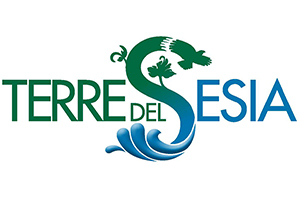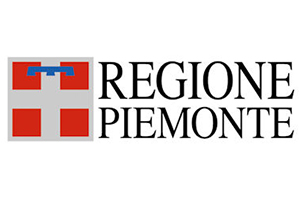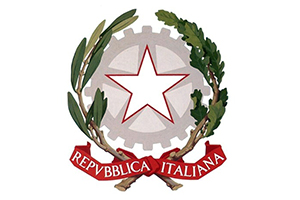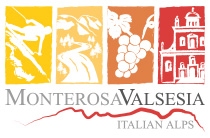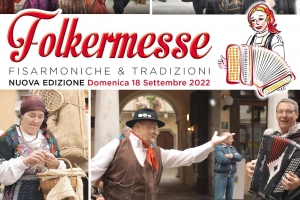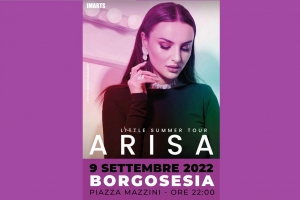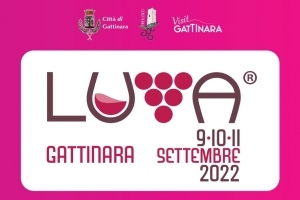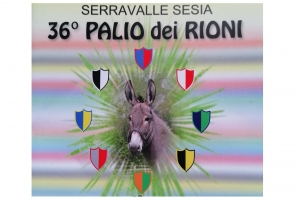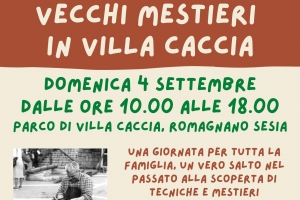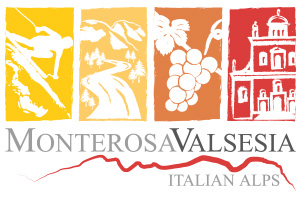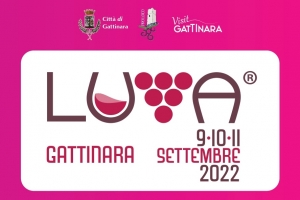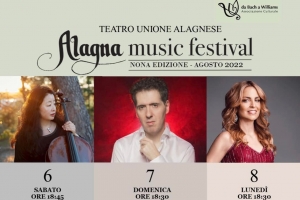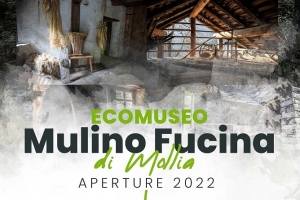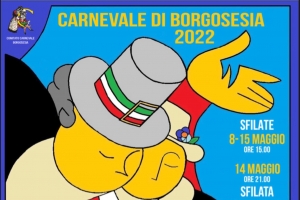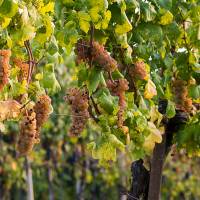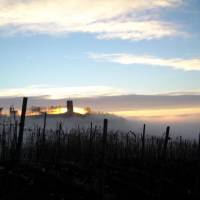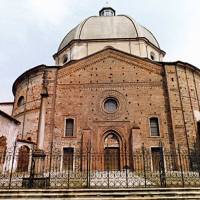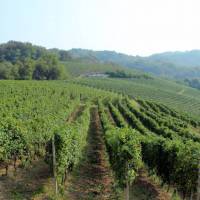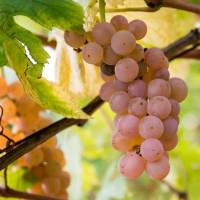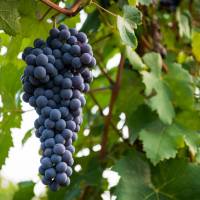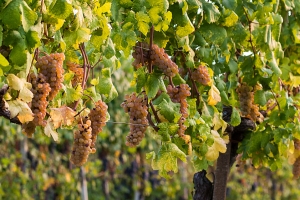
La fiera di San Martino, la frizzante e partecipatissima Festa dell’Uva, il famoso Carnevale e le tradizioni dei ritrovi mensili nelle Tabine
South end of the Sesia Valley, stronghold of the territory, a village with special characteristics, in some ways unique, Gattinara is with the parallel Romagnano, beyond the Sesia, the most important center of the lower valley and opens the door to the valley of the most interesting and heterogeneous Piedmont.
Like all settlements Valsesian has ancient origins and relevant historical and political role, the main reference of many surrounding villages.
is surrounded by good manufacturing homonymous hills, appreciated wine DOCG, the prince of these favored Lands of Nebbiolo that introduced the name of Gattinara in the world
Its geographical location with equidistance mileage between Vercelli, Novara and Biella have made over time a natural boundary and a reference center economic, social and political unquestionable supremacy. Sottomonte, Crosa, Castelle, Old Town, Bonda, Rado and San Bernardo are the neighborhoods of the extensive village, surrounded by hills producing good namesake, appreciated wine DOCG Prince of these favored Lands of Nebbiolo, the product that has made known to the name of Gattinara in the world.
The large surface area of the urban resort opens in the area that slopes down to the plains of Vercelli on the left of the Sesia; the primitive settlement is half of the thirteenth century (the Borgo della Pieve) arose in part on the banks of the Sesia axis that was traveling between the plain and the roads to the Alpine passes, and partly in secure locations on hilly spurs of the place. Hence the beginning of the exploitation of the resources of the area with an agriculture increasingly practiced and extended. Today's urban center has developed regular and controlled, provided by a complex system of fortifications built by a "Castle shelter"; This profile can be found in the visit of the old town, with many churches on the sides of the main roads and distribution residential orderly and pleasant.
The monumental parish church of St. Peter is remembered as parish since 1147; towards the end of '400 the new building and the nearby convent later became at the end of the eighteenth century, the parish house. The early church are part of the bell tower and the beautiful brick façade Stained ornate friezes. The interior century is large and bright and there are preserved many furnishings from the old church; interesting are the marble altars eighteenth century, the neoclassical Scurolo of St. Benedict, the original wooden statue of the Virgin of Rado (XV century), the many neoclassical stucco. Are to be noted also the tombstone of Cardinal Mercurino and, in the choir, the marble statue of St. Peter and the richly carved wooden benches, probably from the early eighteenth century. Remains the cloister of the convent of the sixteenth century with stone columns and elegant capitals; well preserved in the parish house nineteenth-century portraits of priests and a large painting of the school Gaudenzian depicting the Last Supper.
The resources of art, history and culture are still found in many other churches distributed in the center and in the villages: the Church of St. Mary of the Rosary with a beautiful Baroque façade and a rich interior restored to its original splendor by recent renovations; beautiful altar with a seventeenth-century statue of the Virgin and smaller panels round with the mysteries of the Rosary, then the precious triptych of Jerome Giovenone sixteenth century and many other wonders of sacred art preserved in this church recommendable.
The Church of St. Francis in 1447 where notables are the facade and the interior dominated by a magnificent altar in walnut; in the side chapels a remarkable altarpiece and factory original convent cloister quadrangle, with arches supported by stone pillars.
Yet to visit the fifteenth-century Church of St. Martha with remains of ancient decorations and ancient walls survived the various reconstructions; the neoclassical facade prelude interior space of eighteenth-century appearance, which preserves valuable works of art and furniture of various dates; the Sanctuary of Santa Maria di Rado, greatly attended, of ancient origins, with a beautiful bell tower of Romanesque structure and an interior that reveals the medieval origin; notable works of the altar and, last but not least, the former convent of St. Clare founded in the early '500 by Mercurino Gattinara. Many buildings remained of the original monastery of the Poor Clares, like the church of St. Clare with a cycle of frescoes of the school Gaudenzian and other sixteenth and eighteenth centuries.
Tower of Castelle eleventh century is the most important part of the lost medieval fortification; dominates the surrounding hills, rich today the famous vineyards, and is the symbol of our times Gattinara
The ruins of the Castle of San Lorenzo are on a high hill to the north of the center and are an absolute must-visit this remarkable point of the center of the low Valsesia. Include the ancient church of S. Lorenzo and singular traces of structures and fortifications attributable to a medieval settlement. Superb the view from up there you can enjoy on the territory of Gattinara and "low". The Tower of Castelle is the eleventh century and is the most important part of the lost medieval fortification; dominates the surrounding hills, rich today the famous vineyards; is the symbol of Gattinara of our times.
Palaces and villas of architectural importance and aristocrats passed then complete the classic image of the center among which the one of the Marquis Arborio Gattinara, the fifteenth century, now the seat of the dynamics Cultural Association, Villa Cavalleri, home of the winery, and Villa Arborio Gattinara Villa Paolotti, today houses the Regional. The socio-cultural vibrancy of the village is woven into its history and come to this day, thanks to the presence of many associations, companies, brotherhoods all very active in the preservation of traditions, customs, costumes. Wise government will provide later in time to the creation of industrial development plans facilitated, with settlements that will promote employment, trade and welfare, and with gradual renovations infrastructure so as to make the important center Gattinara is today.
There are many opportunities to meet and traditional events, such as the fair of San Martino which is held on the second Tuesday of November, with thousands of visitors, the bubbly and partecipatissima Grape Festival, the famous Carnival and the incredible tradition of monthly gatherings in Tabine , special places where the community meets regularly in joy.
-

Horseback Riding In Valsesia
-

Freeride
-

Riverboarding And River Tubing
-
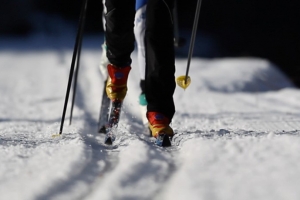
Cross-Country Skiing
-
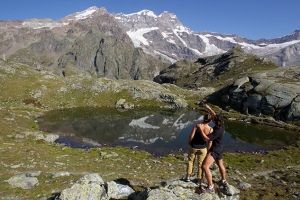
Hiking
-
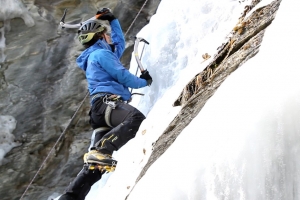
Icefalls
-
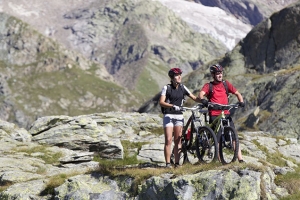
Mountain Biking
-
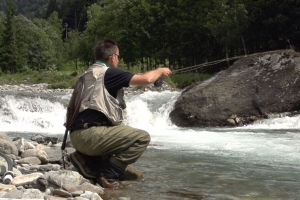
Valsesia Sport Fishing
-
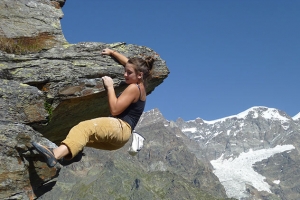
Climbing
-
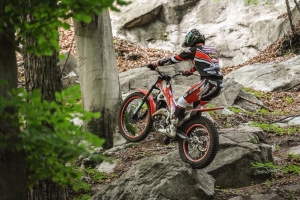
BIKE TRIALS
-

Rafting And Canyoning
-
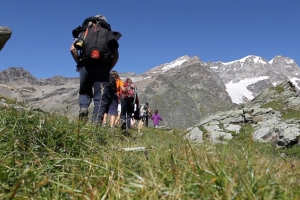
Mountaineering
-

Canoeing And Kayaking
-
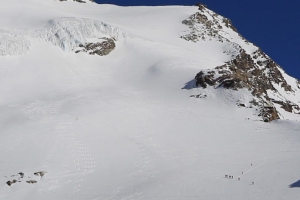
Gta And Tour Of The Monte Rosa
-

Snowshoeing
-
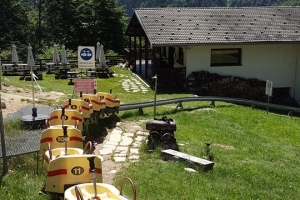
-
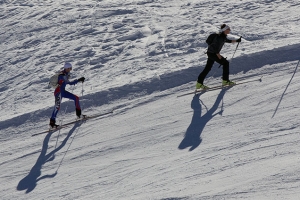
Ski Touring
-
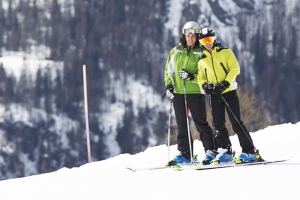
Skiing
-
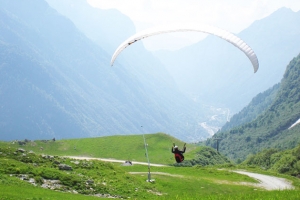
Paragliding In Valsesia
-
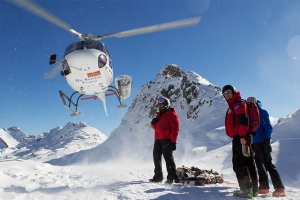
Heliski



